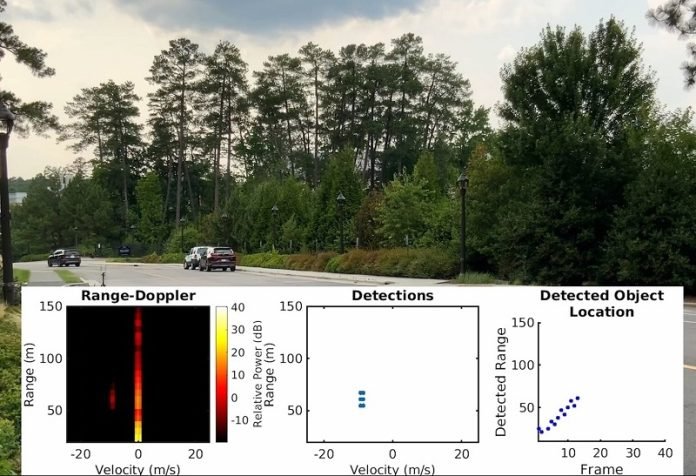
Imagine you’re driving your car, humming along to your favorite tunes, trusting your car’s smart systems to keep you safe.
Suddenly, your car freaks out, thinking another car is zooming right towards you! But when you look up, there’s nothing there.
This might sound like a scene from a sci-fi movie, but engineers at Duke University have made it a reality.
Led by Miroslav Pajic and Tingjun Chen, two professors in electrical and computer engineering, the team at Duke has created something called “MadRadar.”
This isn’t a gadget from a James Bond movie; it’s a real system that can trick a car’s radar. Car radars are like eyes for cars, especially those with autopilot. They help the car see other vehicles on the road.
MadRadar can make a car’s radar see things that aren’t there, like a phantom car, or hide a real car that’s actually there. It’s like creating an invisible car or conjuring a ghost car out of thin air.
And it does all this super fast, in less than a blink of an eye, without needing to know much about the car it’s tricking.
Here’s how it works: In a car that has autopilot or assistive driving systems, radar plays a big role.
It scans around to spot other cars, helping the car know when to brake or swerve. But every car’s radar is a bit different, like how no two people have the same fingerprint. Before, if someone wanted to mess with a car’s radar, they’d need to know these unique ‘fingerprints.’
But MadRadar changes the game. It can quickly figure out a car’s radar ‘fingerprint’ in just a quarter of a second.
Once it does, it can send out its own signals to confuse the car’s radar. It’s like suddenly changing the channel on someone’s radio without them knowing.
Professor Pajic explains that they’re not creating this technology to cause trouble. Instead, they want to show that there’s a big problem with how car radars are made today. Their work is like a wake-up call to car manufacturers to make their radars safer and more secure.
The research team’s work is so groundbreaking that they’re going to present it at a big tech conference in San Diego. They’ve already shared their findings on the arXiv preprint server, a place where scientists post their latest research.
In the world of self-driving and smart cars, radar is crucial. It works alongside cameras and other sensors to help cars ‘see.’ But if a system like MadRadar can easily fool these radars, it’s a sign that car companies need to up their game.
The Duke team’s discovery is important because it shows how vulnerable our current car technology is.
It’s not just about making cars smarter; it’s about making them safer too. So, the next time you see your car’s autopilot in action, remember that there’s a lot of smart technology behind it – technology that still needs to be perfected.
Source: Duke University.



